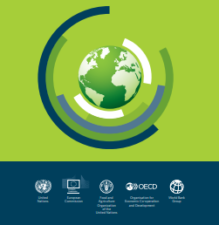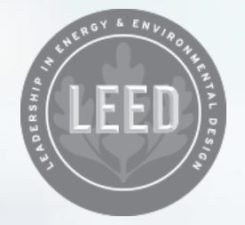
The SEEA Experimental Ecosystem Accounting is a measurement framework for biophysical data, tracking changes and linking them to economic and other human activity from the perspective of entire ecosystems, considering how individual environmental assets interact as part of natural processes within a given spatial area. To do so, the tool applies the accounting concepts and rules to the emerging field of ecosystem assessment and measurement in response to demands for integrated information on environmental sustainability, human wellbeing and economic growth and development. It offers a system of five accounts that together present comprehensive view of ecosystems and their services.
Lifecycle Phase(s): Strategic PlanningPublic authorities identify the needs and long-term vision for infrastructure development., Project PlanningGeneral strategy for a project’s delivery is developed.
Type(s) of Tool: GuidelinesOperationalize sustainability principles, less specific than Benchmarks or Rating Systems.





